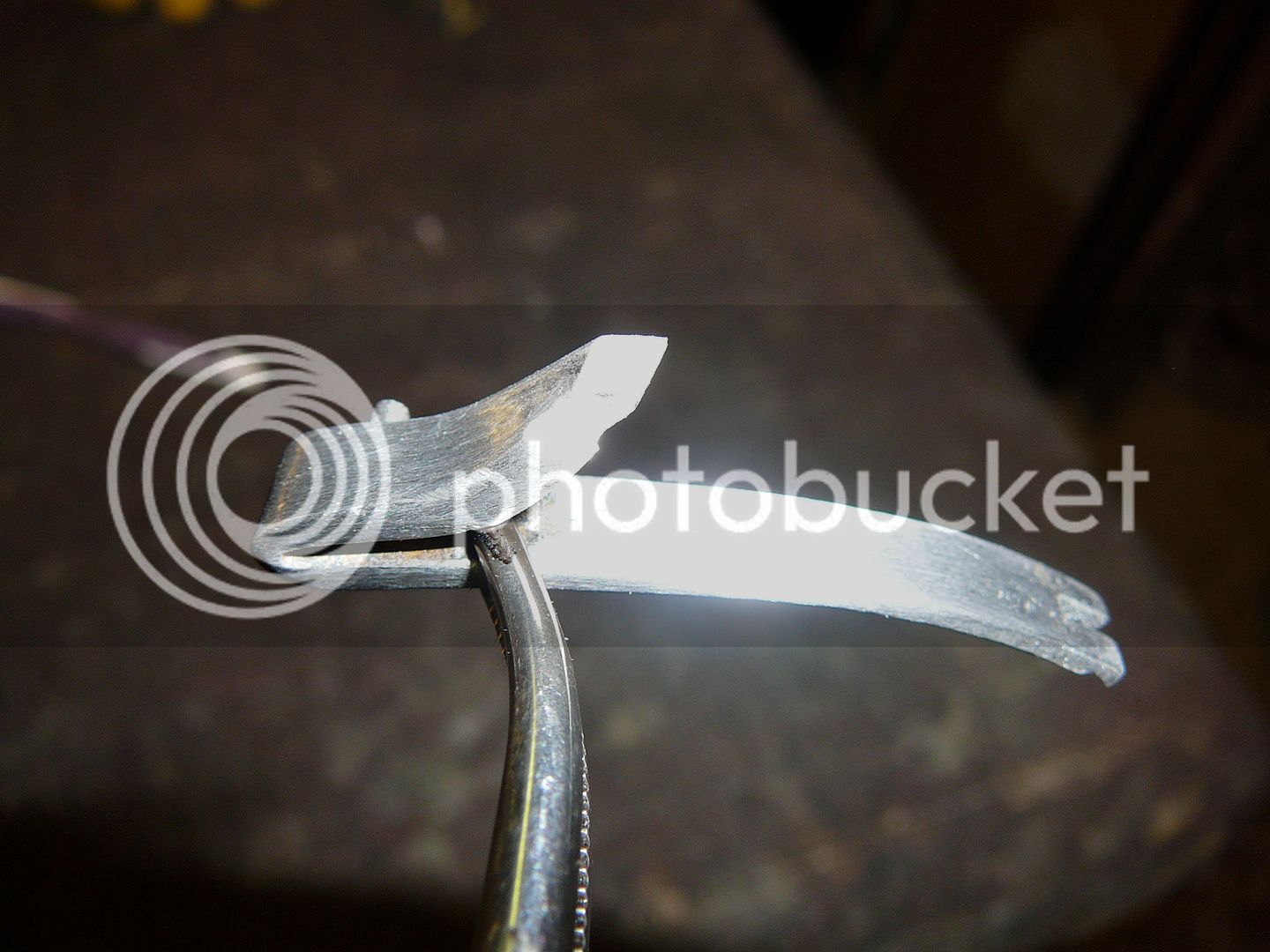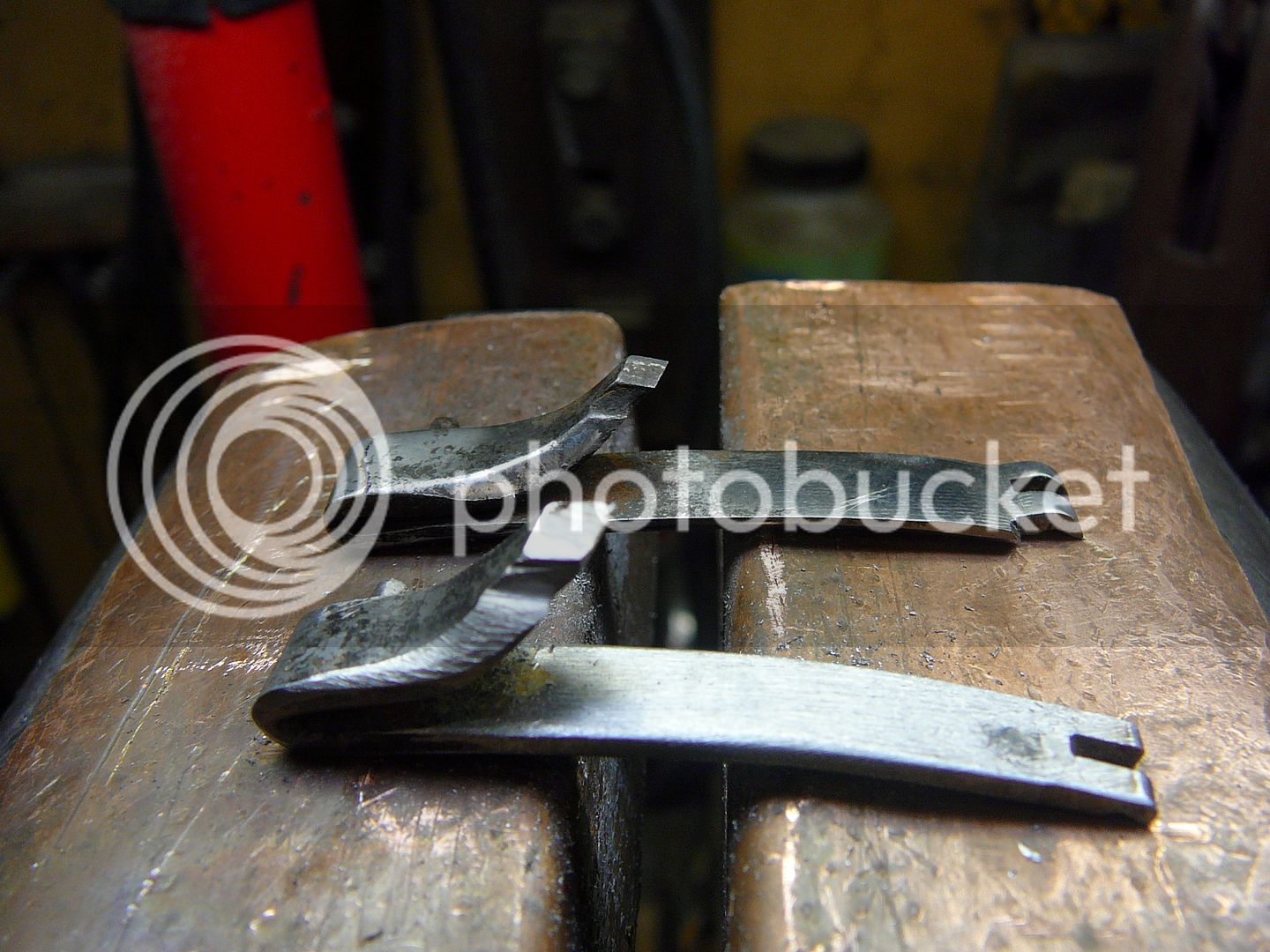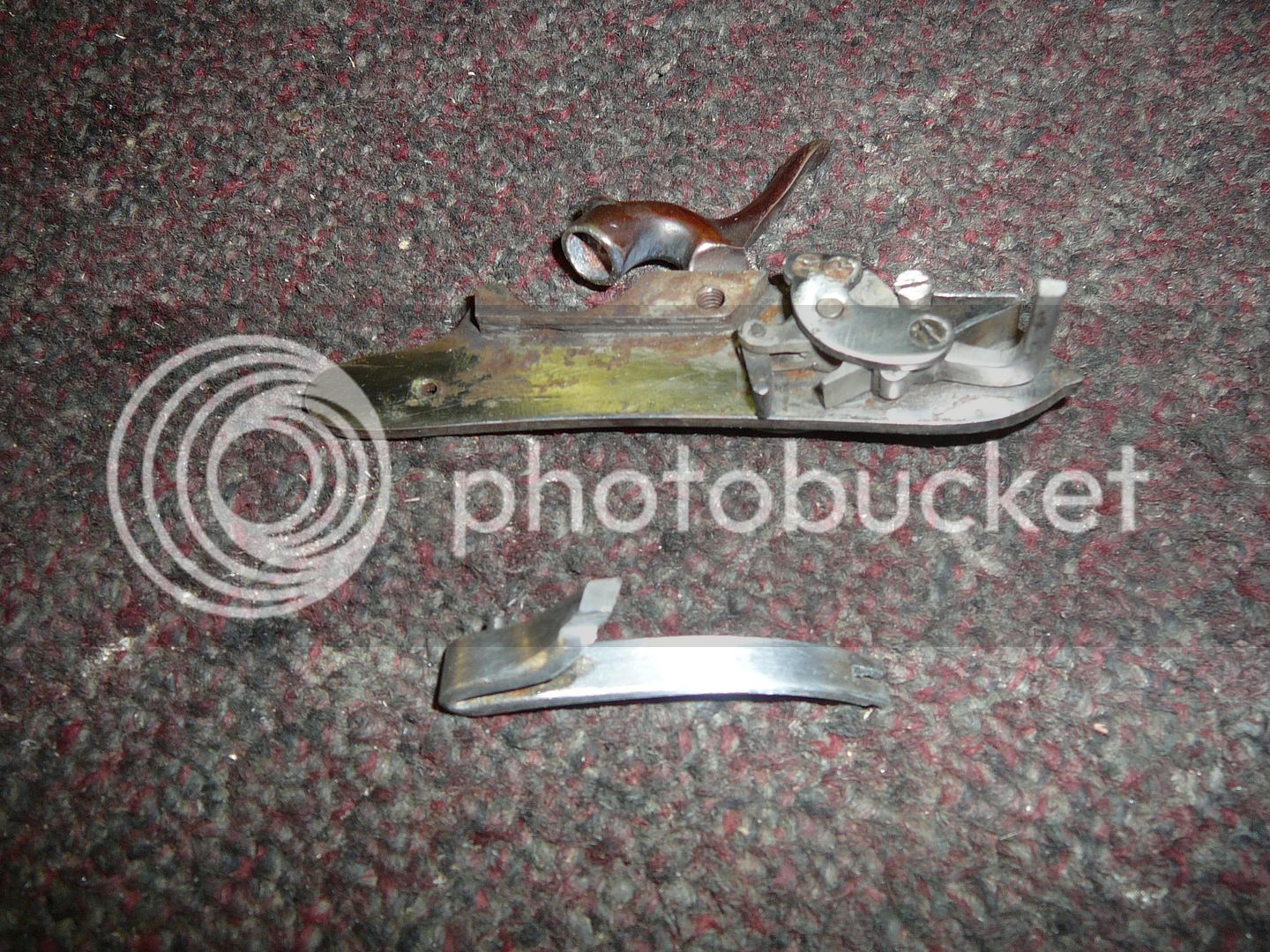Clock springs used to be 1095 steel, and yes, it was heat tempered blue. Any of you, go make yourself a 1095 mainspring for a gun lock, or just a V facsimile of a gun lock spring. Harden then temper at 570°F, test it, and see how long that will last. Clock springs work with very different stress directions than do V springs of the size for gun use. A good lock main spring will be gray neutral in color if HTed in an oven. Ask world class gun maker Jerry Huddleston. He tempers springs at 725°, which I find a tad low, but obviously it works. Ask Jim Kibler. He is a professional metallurgist as well as one of the finest rifle makers in the country. He tempers at 750°. If he has time, he will talk to you.
Everyone has the privilege of settling on their own level of ignorance. No one has the right to impose it on others









